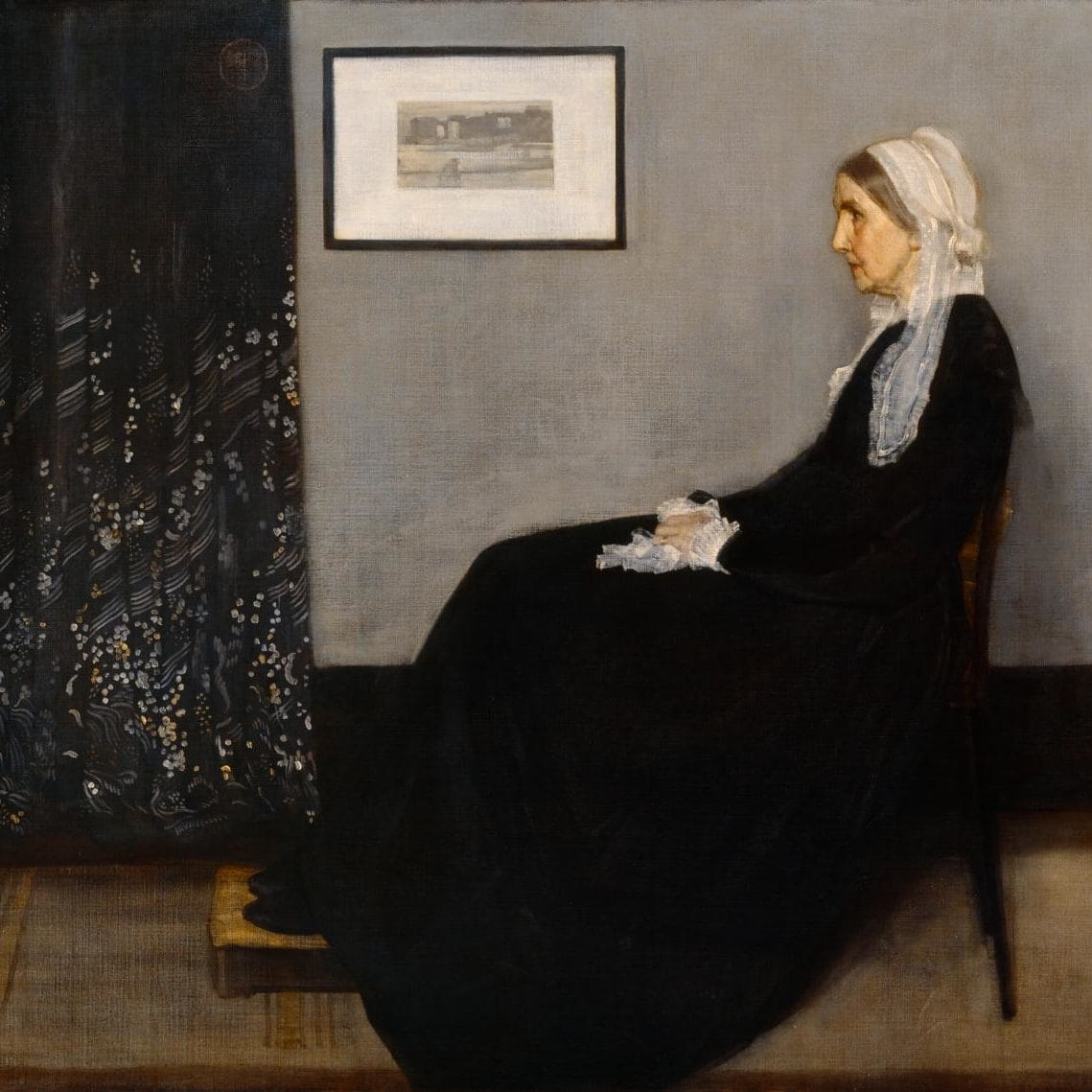A visit with a master – and his mother
🔗 [SYSTEM UPDATE] Link found. Timestamp incremented on 2025-11-26 13:55:13.The American masterpiece Whistler's Mother has a rich and thought-provoking history, which is carefully examined in an exhibition at NGV International in Melbourne.


Exhibition review
By LAURIE FLETCHER
The iconic James Whistler painting Arrangement in Grey and Black No 1, better known as Whistler’s Mother, is in Melbourne.
The Amercican masterpiece has a rich and thought-provoking history, which is carefully examined in the NGV International exhibition.

The exhibition is beautifully designed, with careful lighting and consideration for all works displayed, influenced by the many artworks from Whistler’s career and the countless artists he influenced.
An artist in several media, Whistler spent many years in Europe, refining his skills and producing famous sets of etchings of Venice and the Thames river.
Appropriate for all ages, the exhibition starts with a range of silkscreen reproductions of tributes and recreations of Whistler’s famous works. Along the walls are concise explanations, describing the context of Whistler’s career and its impact on the art world.
Whistler's Mother was painted in a time where lavish colours and exciting images were favoured by the art world and Whistler received much criticism for his use of darker colours and abstract style from other artists.
But the public had a different view, and by the end of the 19th century it was attracting hordes of viewers from Europe and America.
Initially drawn to the austere and serious nature of Anna Whistler, the painting resonates with many viewers. Most can understand the emotions of a woman who has raised a family, and who sits still and alone in her mourning clothes years after her husband’s death.

It struck a chord with the public during the Great Depression as an image of stoic motherhood, but became embroiled in controversy when, in 1934, US President Franklin Roosevelt had the painting re-created as a commemorative Mother’s Day stamp – replacing empty space with a pot of flowers.
The exhibition closes in a simple room, displaying the magnificent piece of art in the centre. Many patrons can be seen peering deep into the artwork’s many layers of paint, looking for the artistic influences explored in the earlier rooms.
The influences are clearly visible in the Japanese-inspired pattern on the curtains, to the unique layering techniques used to show depth and shadow in his mother’s face.
NGV director Tom Ellwood said it was a beautiful exhibition "for any Australian that appreciates art".
“Alongside da Vinci’s Mona Lisa and Munch’s The Scream sits [Whistler’s Mother] as one of a handful of artworks which enjoy universal recognition and admiration,” he said.

Influences and inspirations
While not immediately apparent looking at the portrait of the artist’s mother, Whistler was deeply influenced by the Japonisme movement.
That influence is seen throughout Whistler’s work. Evolving from early iterations of different designs in his paintings, he fully adopted the Japanese style of flat perspective and composition in his more iconic works later on.
This inspiration is thoroughly explored throughout the exhibition, with some of Whistler’s lesser-known works placed alongside pieces showcasing the cultures that inspired him.
Whistler was also fond of aestheticism, a movement that focused on the idea that art should exist for enjoyment and beauty, not to promote political, scholarly or any other messages.
The controversial movement influenced many artists around the world. However, Whistler’s career was hindered by his support for it, with the Royal Academy initially rejecting the painting of his mother.

The exhibition also highlights the undercurrent of influence Whistler had on Australian artists, by displaying several notable works from John Longstaff’s The Young Mother, an Australian masterpiece strongly affected by Whistler’s work.
Other Australian artists such as Victor Cobb and Mortimer Menpes have also cited Whistler as an influence.
The NGV presents Whistler’s Mother, with assistance from Musée d’Orsay and Art Exhibitions Australia. Open daily 10am – 5pm until June 19.





